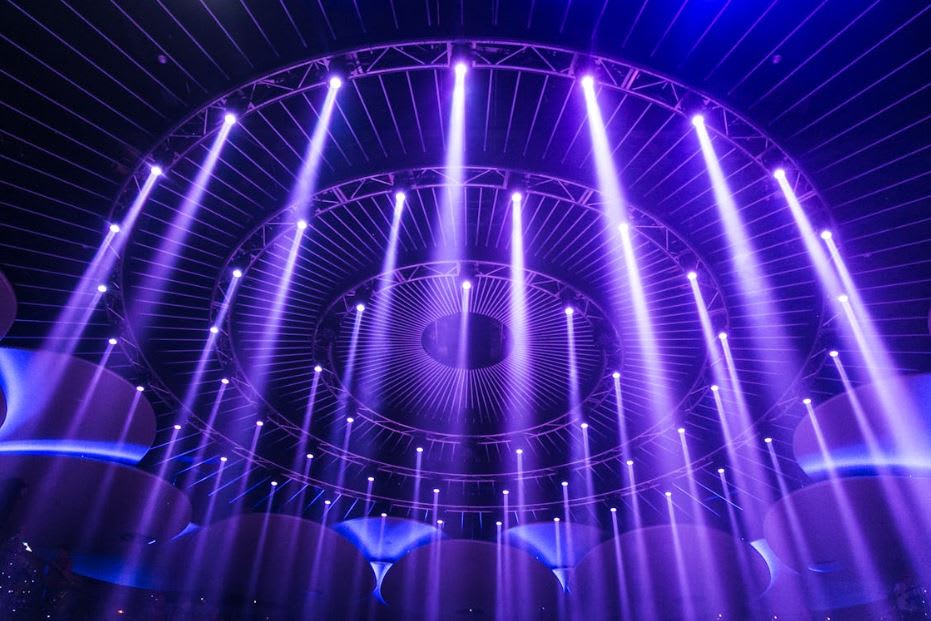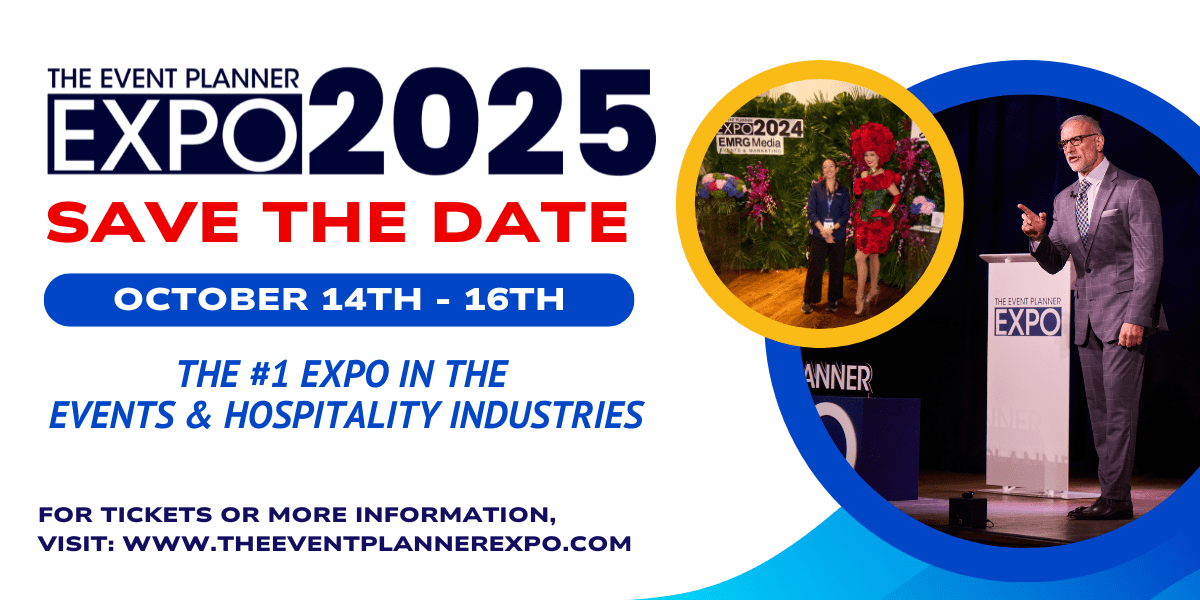How to Design Multi-Sensory Events That Actually Stick

Make your NYC event unforgettable—through the power of the five senses
Event planners know this truth: the best events feel like something. Not just a nice setup or a good turnout—something you experience in your body. The flicker of lights, the bass line that gets under your skin, the scent that transports you somewhere else entirely. That’s the power of sensory-driven design.
If you’re still designing events with only your eyes in mind, it’s time to level up. The most memorable experiences engage the full spectrum: sight, sound, smell, taste, and touch. When you get those working together? Game over. You’ve just created something your guests will talk about for years.
Below, we break down the five senses with smart, punchy strategies to incorporate into your next event—plus inspiration to help you go from predictable to powerful.
Sight: Go Beyond Pretty
Let’s face it—visuals are the hook. But in 2025, aesthetics alone don’t cut it. Your guests have seen a thousand florals and branded step-and-repeats. What they haven’t seen? Visuals that interact with them.
Design insights for visual impact:
- Motion wins. Think kinetic lighting, shifting projections, or LED-triggered effects based on crowd movement.
- Visual storytelling. Map your event like a storyboard: bold entrance visuals, a central "wow" zone, and visual payoff moments throughout.
- Layered depth. Use light, color, shadow, and materials to give your space dimension—especially in dark venues.
Pro tip: Invest in professional lighting designers. They’re the difference between “that was cool” and “holy sh*t, what was that?”
Sound: Set the Vibe, Don’t Just Fill Space
The audio landscape of your event is your mood board come to life. From music to sound effects to silence (yes, silence has power), every choice affects how people move, mingle, and feel.
Ideas to design with sound:
- Zone your soundtrack. Use soundscapes to guide energy—low-fi in lounges, orchestral intros in entryways, pulsing beats post-dinner.
- Add surprise. Cue unexpected sounds like whispers in a dark hall, a rising crescendo before an announcement, or interactive audio stations.
- Balance the mix. Audio should support conversation, not compete with it. Work with your AV team to tune each area like a sound bath.
Smell: The Secret Sauce of Memory
Scent is sneaky-powerful. It’s the one sense directly tied to memory. One waft of pine or spice and suddenly you’re at grandma’s house—or back at that amazing brand launch.
Smell strategies that work:
- Scent zones. Use discreet diffusers or incense stations to tie aromas to specific spaces (e.g., lavender in the lounge, citrus by the bar).
- Time the fragrance. Release scent bursts during key moments like welcome time, dessert hour, or finale.
- On-theme aromas. A garden event? Floral blends. A tech event? Clean, futuristic scents like eucalyptus and mint.
- If you’re on a budget? Scented candles and fresh herbs go a long way.
Taste: Let Flavor Tell the Story
Every great event has food—but not every event uses food as a storytelling tool. Flavor should mirror the theme, match the mood, and get people talking.
Taste-driven experiences:
- Flavor journeys. Create tasting trails or “choose your adventure” menus to let guests explore new combinations.
- Interactive stations. Make it playful: DIY boba bars, cocktail smoke domes, or liquid nitrogen popcorn.
- Tell your menu’s story. Source local ingredients and tie them to the event's purpose or season.
And don’t sleep on beverages. Signature cocktails (and mocktails) are flavor-packed branding opportunities.
Touch: Give Them Something to Feel
Tactile design is wildly underrated. What your guests feel—underfoot, underhand, or in between conversations—grounds them in the moment.
Ideas to activate touch:
- Layered textures. Mix materials—velvet drapes, concrete bars, moss centerpieces, or leather lounge seats—to build texture into your theme.
- Hands-on moments. Think build-your-own stations, 3D art, or event games with physical pieces.
- Wearable interactions. Branded bracelets that light up during moments. Temporary tattoos that activate with UV. Wristbands with NFC taps.
Tactile detail = emotional depth. Don’t just show people your event. Let them touch it.
Make the Senses Work Together (Not Fight Each Other)
Now the hard part: blending all five without making it a sensory overload disaster. Cohesion is key.
Tips to balance your design:
- Start with your story. Every sensory element should serve it.
- Keep transitions smooth. Ease guests from space to space with intentional cues: dimming lights, changing scents, evolving music.
- Avoid clashing extremes. Don’t pair a heavy incense scent with a heavy garlic dish. Don’t blind guests with strobes and blast them with dubstep.
Ready to Design a Multi-Sensory Event That Wows?
If you’re here to impress high-level clients, pack out venues, and create experiences that stick with guests long after the lights go out, you need a team that gets it.
Reserve your booth (while you still have space available) at The Event Planner Expo 2025.
Meet vendors, creatives, entertainment experts, and tech innovators who specialize in unforgettable, full-sensory event design. It’s where top planners go to level up.
🎟 Claim your space before it’s gone.
